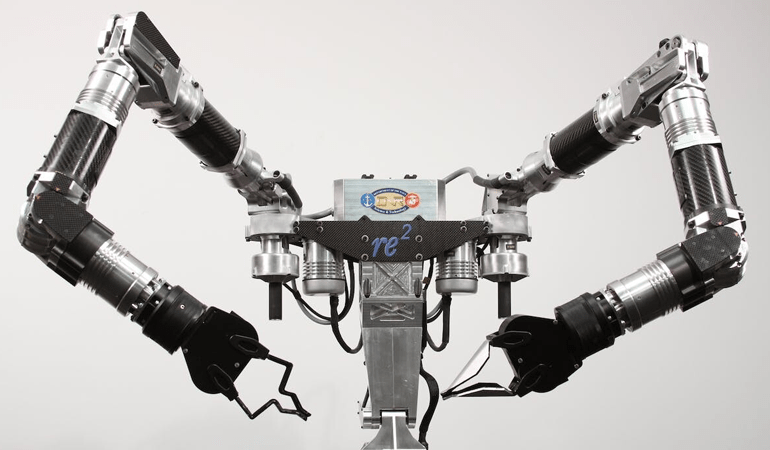Another AI framework assists robots with comprehension and play out specific social collaborations. Robots can convey food on a school grounds and hit an opening in-one on the fairway, yet even the most modern robot can’t perform fundamental social collaborations that are basic to regular human existence.
MIT scientists have now fused specific social connections into a system for mechanical technology, empowering machines to get helping or upset each other, and to figure out how to play out these social practices all alone. In a recreated climate, a robot watches its buddy, thinks about what task it needs to achieve, and afterward helps or impedes this other robot dependent on its own objectives. The scientists additionally showed that their model makes practical and unsurprising social cooperations. At the point when they showed recordings of these mimicked robots interfacing with each other to people, the human watchers generally concurred with the model with regards to what kind of friendly conduct was happening.
Empowering robots to display social abilities could prompt smoother and more certain human-robot associations. For example, a robot in a helped living office could utilize these capacities to assist with establishing a seriously focusing climate on older people. The new model may likewise empower researchers to gauge social communications quantitatively, which could assist analysts with concentrating on mental imbalance or dissect the impacts of antidepressants. “Robots will live in our reality soon enough, and they truly need to figure out how to speak with us based on human conditions. They need to get when it is the ideal opportunity for them to help and when it is the ideal opportunity so that them might be able to see what they can do to keep something from occurring. This is early work and we are scarcely starting to expose what’s underneath, however I feel like this is the primary intense endeavor for getting how it affects people and machines to connect socially,” says Boris Katz, chief examination researcher and top of the InfoLab Group in MIT’s Computer Science and Artificial Intelligence Laboratory (CSAIL) and an individual from the Center for Brains, Minds, and Machines (CBMM).
To concentrate on friendly associations, the specialists established a mimicked climate where robots seek after physical and social objectives as they move around a two-dimensional lattice. An actual objective identifies with the climate. For instance, a robot’s actual objective may be to explore to a tree at one point on the matrix. A social objective includes think about the thing another robot is attempting to do and afterward acting dependent on that assessment, such as aiding another robot water the tree.
The analysts utilize their model to determine what a robot’s actual objectives are, what its social objectives are, and how much accentuation it should put on one over the other. The robot is compensated for moves it makes that draw it nearer to achieving its objectives. Assuming a robot is attempting to help its sidekick, it changes its prize to coordinate with that of the other robot; in case it is attempting to obstruct, it changes its award to be the inverse. The organizer, a calculation that concludes which moves the robot should make, utilizes this persistently refreshing prize to direct the robot to complete a mix of physical and social objectives.
Mixing a robot’s physical and social objectives is essential to make reasonable collaborations, since people who help each other have cutoff points to how far they will go. For example, an objective individual probably wouldn’t simply hand an outsider their wallet, Barbu says. The analysts utilized this numerical system to characterize three sorts of robots. A level 0 robot has just actual objectives and can’t reason socially. A level 1 robot has physical and social objectives yet accepts any remaining robots just have actual objectives. Level 1 robots can make moves dependent on the actual objectives of different robots, such as aiding and preventing. A level 2 robot expects different robots have social and actual objectives; these robots can make more modern moves like participating to help together




